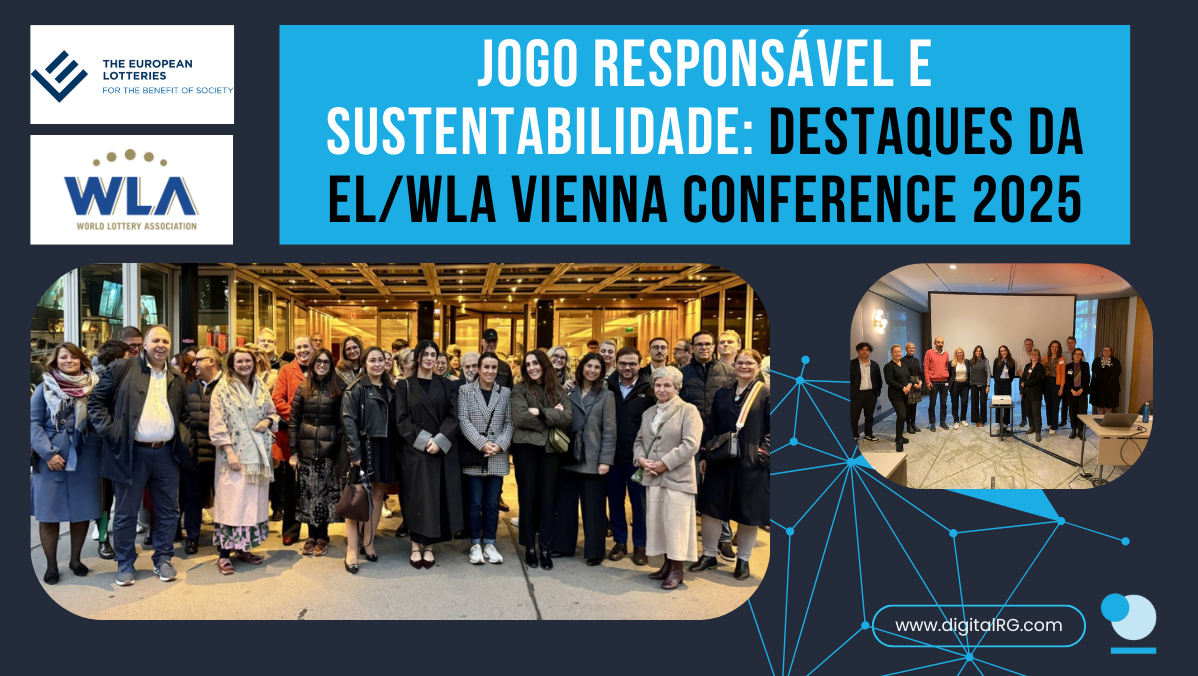Is Blue Carbon the next big thing?

Is Blue Carbon the next big thing?
The world’s biggest carbon polluter, China, is building a wall of mangroves around its coasts. This massive project could improve the countries and the global state of carbon emissions. Known for its ability to sequestrate and store carbon, mangroves are gaining more attention for their potential climate change. Among the ‘Blue carbon’ ecosystem, mangroves, salt marshes, and seagrass meadows could become game changers in reaching net zero.
Blue Carbon wealth
The ocean covers 72% of the planet's surface and absorbs 40% of carbon emitted from human activities. However, as the Ocean is under threat, its capacity to absorb and sequester greenhouse gasses is reduced. Australia, Indonesia, and Cuba are the three most significant contributors to Blue Carbon Wealth. Coastal ecosystems are important global sinks; therefore, conservation and restoration of such Blue Carbon ecosystems are fundamental in mitigating climate change. Human activities, which have been a detriment to the role of these important ecosystems, can also be its savior.
Lotteries can be part of the solution
The vast majority of funding goes to forest restoration by planting trees. Many lotteries have and continue to support the protection and rehabilitation of forests. Nature-based climate solutions (NBCS) can play an important role in carbon abatement. Therefore, lotteries that seek to improve or offset their carbon footprint could become sponsors of NBCS projects for not only land base but also turn to the ocean-based. Blue Carbon ecosystem can store up to 10 times more carbon than forests. Unlike the ‘’green carbon’’ where carbon is released back into the atmosphere when the tree dies, mangroves, seagrass, and salt marshes store most of the carbon in the soil and sediments. Left undisturbed, this can last for millennia.
To know more about who delivers on a promise for projects in blue carbon, visit the page: https://ocean.economist.com/innovation/articles/12-organisations-delivering-on-the-promise-of-blue-carbon
Category
Other Blogs

August 08, 2022
Is Europe really dealing with formal duty of care and playing limits?

July 07, 2022
Harm Minimisation Practices In The Field Of Online Lottery

July 04, 2022
Taking Practical Actions Toward Net-Zero

June 20, 2022
“It is riskier to be stagnant than to move and change”

November 21, 2025
Tackling Retail Emissions in the Lottery Value Chain: Insights from the EL Webinar

October 27, 2025
Jogo Responsável e Sustentabilidade: Destaques da EL/WLA Vienna Conference 2025

October 27, 2025
Perspectivas de la EL/WLA Vienna Conference 2025

October 23, 2025
Insights from the EL/WLA Vienna Conference 2025


